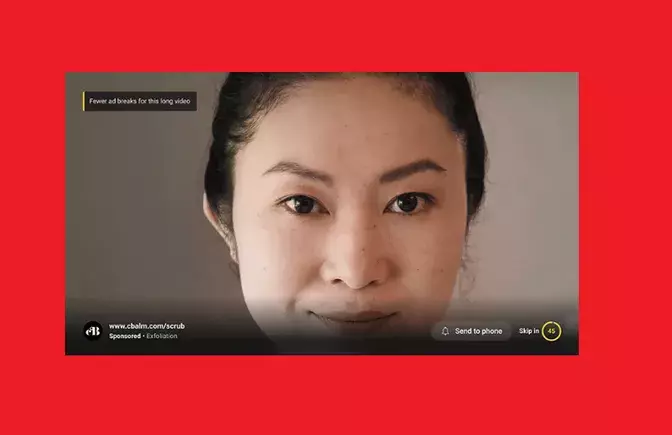YouTube recently announced a shift towards implementing longer ad breaks in order to enhance the Connected TV (CTV) experience for viewers. This decision was based on research indicating that 79% of YouTube users prefer video ads to be grouped together, as opposed to being scattered throughout a video. The initial experiment showed a 29% increase in uninterrupted viewing blocks, prompting YouTube to extend this concept further.
By introducing fewer, longer ad breaks on CTV, YouTube aims to provide viewers with a 50% longer viewing session before encountering the next ad break. This approach allows viewers the option to skip to the next ad within an ad pod, while still retaining the ability to skip an ad after the first five seconds if it does not align with their interests. Advertisers, on the other hand, are presented with more opportunities to connect with their target audience while minimizing disruptions to viewing sessions.
Viewer Response vs. Ad Response Rates
While the idea of longer ad blocks may seem beneficial to viewers seeking uninterrupted content, the impact on ad response rates remains a concern. It is unclear how viewers will engage with ads within these extended blocks, especially considering the potential for distractions or reduced attention spans. The presence of a countdown timer for these ad blocks further complicates the situation, as viewers may opt to engage with other activities during the ad’s runtime.
For YouTube marketers, it is essential to monitor the results of ad placements within longer ad blocks to gauge their effectiveness. Given that most YouTube promotions focus on brand awareness rather than direct response, measuring the true impact of these ads may prove challenging. However, the shift towards longer ad breaks signifies a change in viewer preferences and behavior, necessitating a strategic approach to advertising on the platform.
The debate between shorter, disruptive ads and longer, less noticeable ad blocks raises questions about the most effective advertising strategy. While attention-grabbing ads may elicit a stronger initial response, they could also lead to decreased viewer sentiment and engagement. On the other hand, longer ad blocks may be easily ignored, potentially impacting the overall effectiveness of advertising campaigns.
YouTube’s decision to introduce longer ad breaks on Connected TVs reflects a shift towards accommodating viewer preferences for uninterrupted content consumption. While this approach may be beneficial in some aspects, marketers should remain vigilant in monitoring the impact of these changes on ad performance. Balancing viewer experience with advertising effectiveness is crucial in navigating the evolving landscape of digital marketing on YouTube.


Leave a Reply
You must be logged in to post a comment.